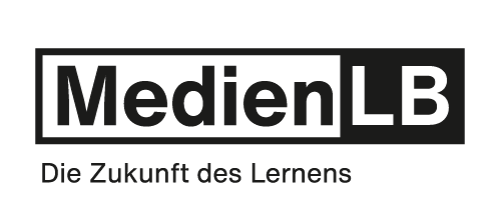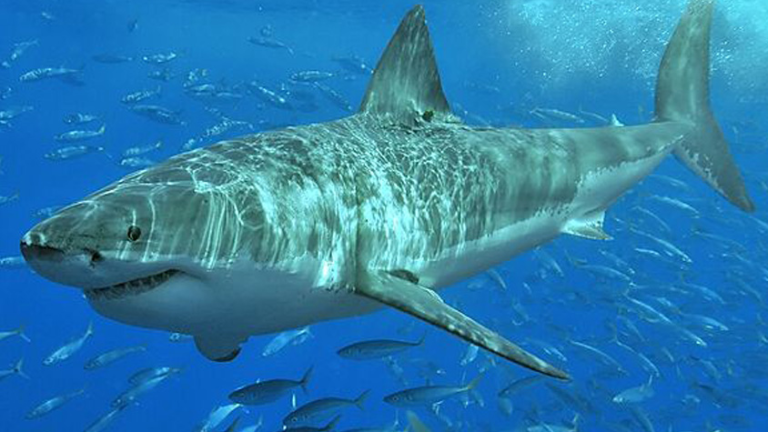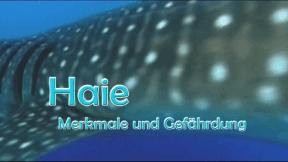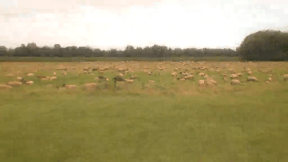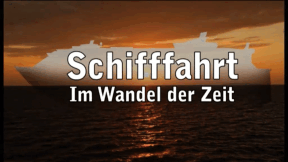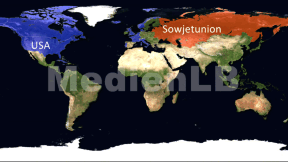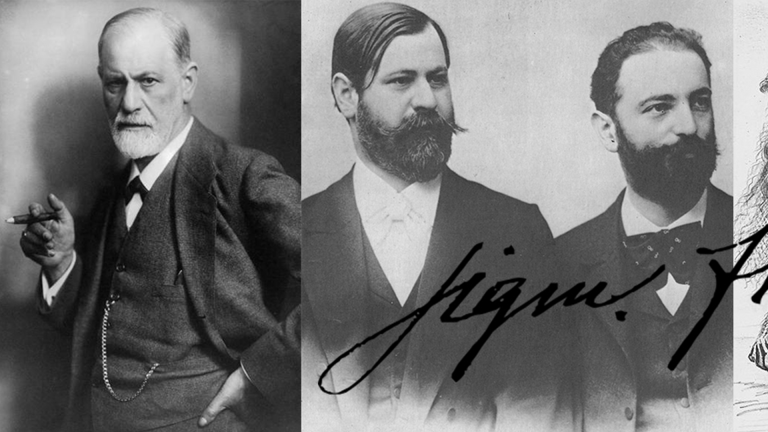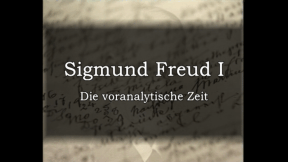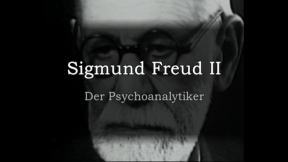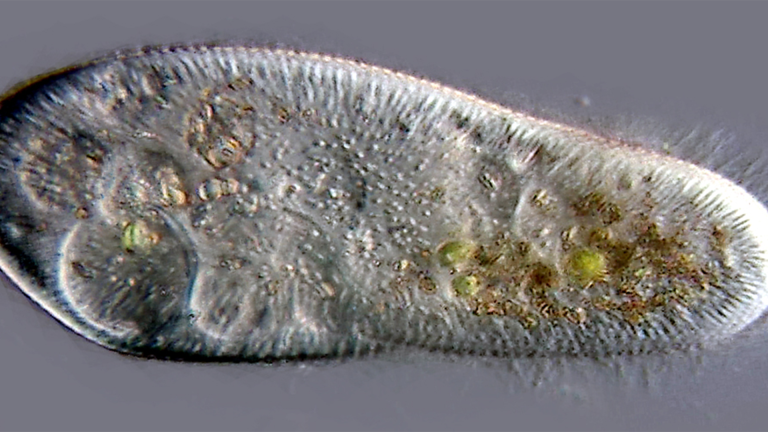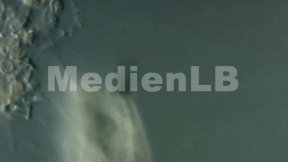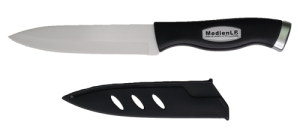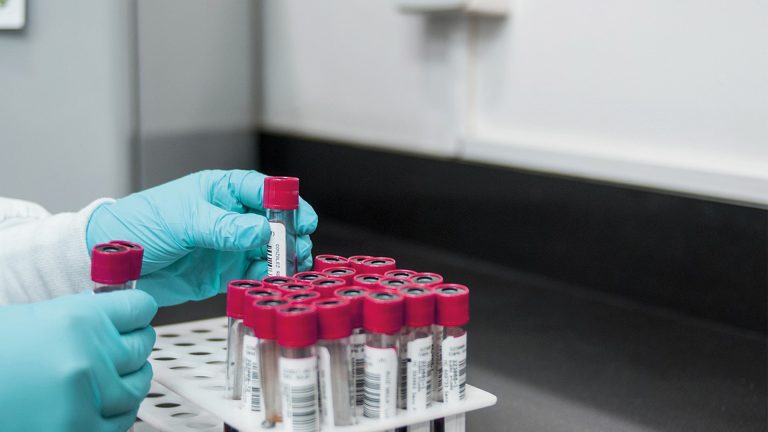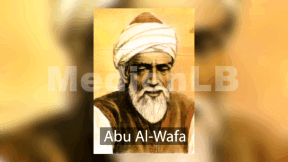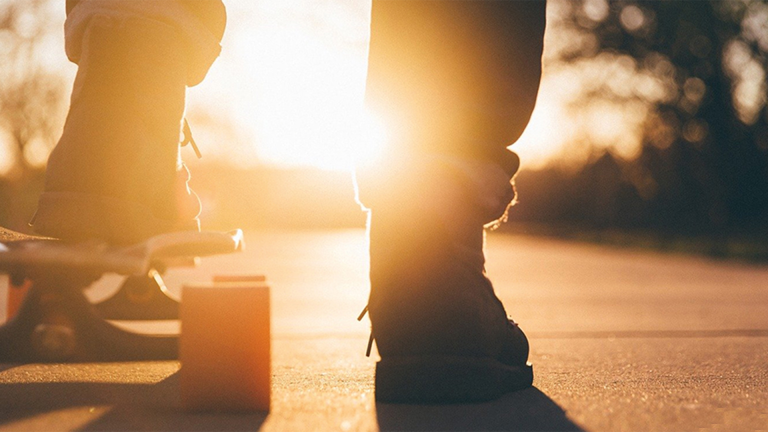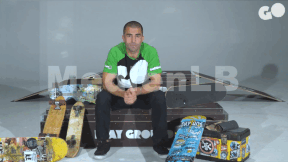Suche:
- # Artistry
- # Biology
- # Chemistry
- # Ecological
- # Economy
- # English
- # Foreign Language
- # Geography
- # German
- # Health
- # History
- # Informatik
- # Latin
- # Mathematics
- # Media Education
- # Music
- # Physics
- # Politics / Civics
- # Preschool
- # Primary School
- # Religion
- # Society
- # Sports
- # Technology
- # Training of Teachers
- # Vocational Education
Sexting
„Sexting“ ist eine Kombination aus „Sex“ und „Texting“, dem englischen Begriff für „SMS-Schreiben“. Und Sexting ist in Deutschland angekommen – in einem Ausmaß, mit dem kaum einer gerechnet hat.
Learn moreSharks
The enormous size of the jaws and the frightening teeth of sharks have always attracted people's interest. Horrifying news of attacks on humans did the rest – "Jaws“: Steven Spielberg turned this best seller by Peter Benchley into a world-famous film. The story, published in 1974, is based on true events. In the 1960s, sharks were often spotted off America's coasts and the press was generous with reports often so scary that fear was fuelled. One day, as a shark stranded, it was a unique opportunity for the crowd of perplexed swimmers to observe the supposedly terrible monster at close range. Watching living sharks from special protective cages is a popular albeit expensive tourist attraction. It is an unforgettable experience to watch and photograph a shark swimming freely and gliding gracefully.
Learn moreSheep
The sheep, one of the oldest livestock animals of mankind, has not only supplied us with wool, meat, pelts and milk but has also helped us conserve our landscape. There are between 500 and 600 different varieties. In Germany alone, there are more than 40 breeds. Because of marketing interests sheep were specifically bred for their wool, their meat, their milk and their pelts. Sheep farming, which is very time-consuming, involves shepherding, rearing and processing of wool, meat, milk and pelts. In order to be able to live on sheep farming various products must be marketed. Sheep help to preserve landscapes and provide flood control. Examples thereof are the Heidschnucke, which preserve the heath, and the dike sheep that help consolidate the dikes. Together with the extensive additional material the DVD is ideally suited for use in the classroom.
Learn moreShipping
From time immemorial people have been fascinated by the sea. With the help of wood, papyrus or animal skin our forbears began to move on water. The history of shipping is inseparably associated with the history of human civilization. It offered new ways of transport for goods, merchandise and also people. It brought cultures together.
Learn moreSicherheitspolitik
Nach Ende des Zweiten Weltkriegs wuchsen rasch die Spannungen zwischen den beiden Weltmächten USA und UdSSR, die zur Schaffung der beiden Militärbündnisse NATO und Warschauer Pakt führten. Nach Ende des Kalten Krieges und der Auflösung des Warschauer Paktes veränderte sich die weltweite Sicherheitsarchitektur. Wie wichtig die NATO noch heute ist, zeigt die Bedrohung, die für Westeuropa nach dem russischen Einmarsch in der Ukraine entstanden ist.
Learn moreSigmund Freud I
On 6th May 1856 Sigismund Schlomo Freud was born in Freiberg, a small town in Moravia. His parents, the forty-one year old Jewish wool merchant Kallamon Jacob Freud and Amalia, née Nathansohn, who was 20 years his junior, had seven more children together, and his father had two sons from previous marriages. “My parents were Jews, I have also remained a Jew”, Sigmund Freud later wrote in his autobiography. Quote from Sigmund Freud: “Incidentally, why was it that none of all the pious people ever discovered psycho¬analysis? Why did the world have to wait for a completely godless Jew?”
Learn moreSigmund Freud II
At the beginning of the year 1900, Freud lived in a scientific isolation that he himself referred to as a kind of “splendid isolation” that allowed his ideas to develop without interference. It was the time when the results of the research on psychoanalysis began to show consistency. In his private life, Freud took care of his family and friends. Finally, on 1st April 1902, he was appointed honorary professor after his application with the university had been rejected several times due to his Jewish origins. In 1905 Freud published “Three Essays on the Theory of Sexuality”. The book caused a scandal. Psychoanalysis still met with objections, criticism and indifference. QUOTE FROM SIGMUND FREUD “Psychoanalysis as a science is not characterised by the matter it treats but by the technique it employs. It intends and does nothing but the disclosure of the unconscious of the psyche.”
Learn moreSilicon Valley
The famous Golden Gate Bridge runs across the San Francisco Bay into one of the most beautiful cities of America. And into one of the world’s richest regions. Around the bay, the headquarters of the leading global corporations of the digital era are located.
Learn moreSingle-cell Organisms
The Earth is the only planet known to us where liquid water ─ the source of life ─ exists.
Learn moreSinnesorgane schützen
Das Arbeiten im Labor im Chemie-, Biologie- und Physikunterricht erfordert Sicherheitsvorkehrungen, um Unfälle zu vermeiden.
Learn moreSinus
Der persische Mathematiker und Astronom Abu l-Wafa entdeckte und beschrieb im 10. Jahrhundert in der Trigonometrie den Zusammenhang zwischen einer Seite und dem ihr gegenüberliegenden Winkel.
Learn moreSkateboarden
Mittlerweile sind Skater fester Bestandteil eines jeden Stadtbilds und es gibt wohl kaum ein Fleckchen Erde, wo es nicht wenigstens ein paar eingefleischte Szeneangehörige gibt. Trotz dieser globalen Dimensionen und der enormen jugendkulturellen Prägungskraft findet Skateboarding bisher nur äußerst selten seinen Weg in den Sportunterricht - und das, obwohl Skateboarding Schülerinnen und Schülern das Lernen in vielen Kompetenzbereichen des Faches Sport ermöglicht und nun sogar olympisch wird!
Learn more


